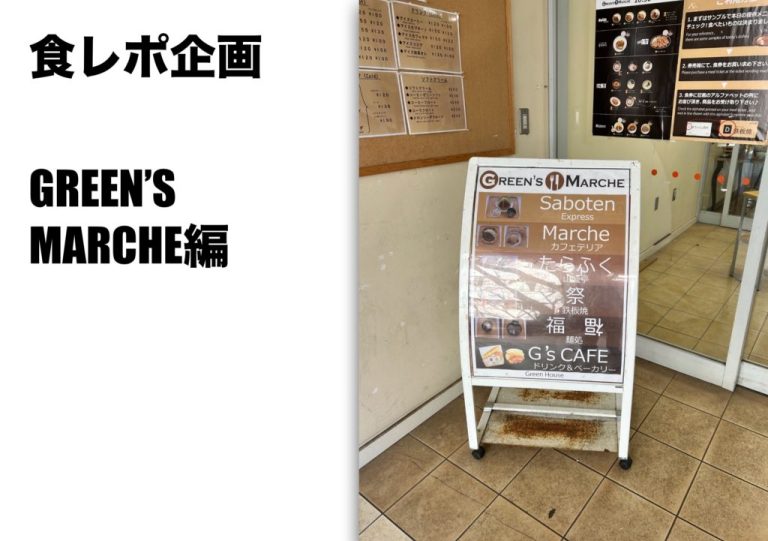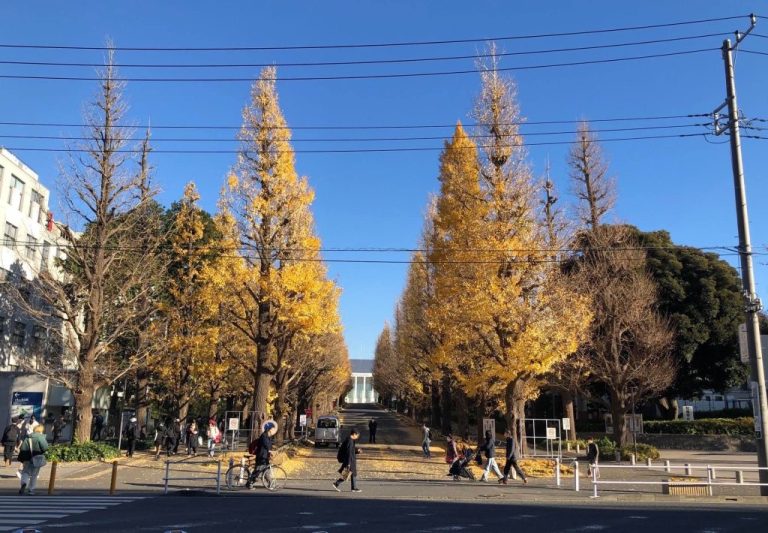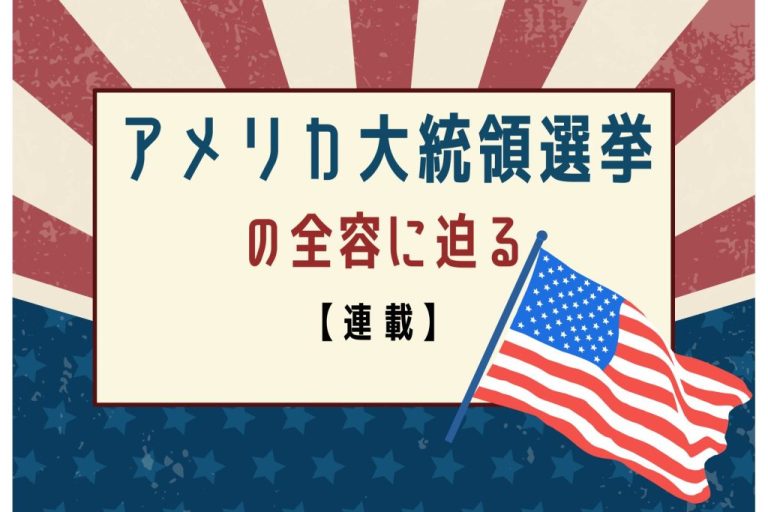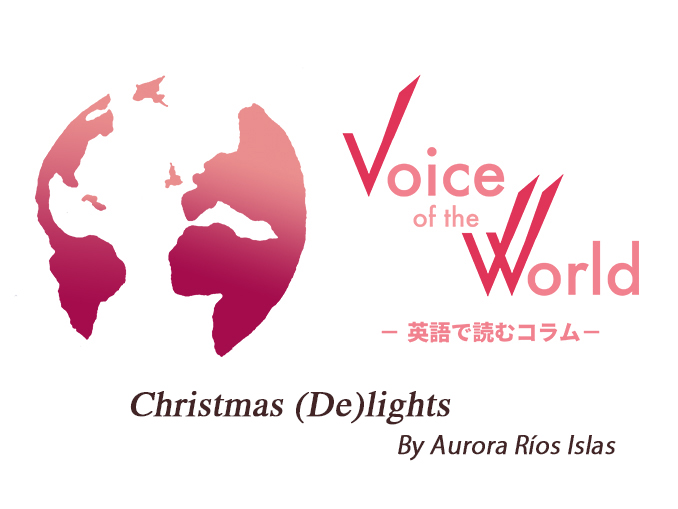
(次ページ:記者による日本語訳)
Imagine a country where there is a law prohibiting neighbors from mowing their lawns on Sundays, where bars have to have soundproof windows or force their guests to leave at midnight. It is obvious that noise disturbances are taken seriously. The fact that there are many rules to avoid annoying other people is not surprising, but the fact that they are followed perhaps is.
In this place, a big congregation of stalls selling artifacts, food, and beverages attracts thousands of people. What is more, the agglomeration is supposed to remain for weeks in November and December, when the temperatures can be as low as -15 °C. This takes place on the main streets of town and even on working days and evenings. Have you guessed the country I am talking about? Yes, Germany. Few things are as popular and awaited for by Germans as these so called Christmas markets, or Weinachtsmärkte.
The tradition exists since the 15th century and was originally meant for people to get all necessary provisions for the cold winter times ahead. But to make the necessary grocery shopping more attractive, sweets and snacks were also sold. Protestant churches attracted more visitors with them, but eventually it also became popular among Catholics. Around the 17th century, markets began looking more like they do now.
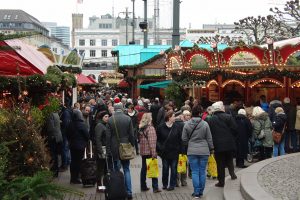 And how do they look now? Well, please do not close your eyes, but do concentrate on imagining a clear, chilly, German evening. It is about 18:30 in the city of Stuttgart. You are downtown, walking in the direction of the market, getting closer to the main street, over a little stone-paved alley. Already you hear the rumble of hundreds of people happily chatting over food. You just passed by the church, now you’re leaving behind the municipal building. You are walking at a relaxed pace, because there is quite a crowd anyway. Most people came with their families, dear friends, colleagues, some are even on dates.
And how do they look now? Well, please do not close your eyes, but do concentrate on imagining a clear, chilly, German evening. It is about 18:30 in the city of Stuttgart. You are downtown, walking in the direction of the market, getting closer to the main street, over a little stone-paved alley. Already you hear the rumble of hundreds of people happily chatting over food. You just passed by the church, now you’re leaving behind the municipal building. You are walking at a relaxed pace, because there is quite a crowd anyway. Most people came with their families, dear friends, colleagues, some are even on dates.
You are here to meet your friends, whom you cleverly agreed to meet by the Weihnachtspyramid (wooden pyramid). Now you see it and understand why it was such a good meeting spot, with it being an up to 18-meter-tall wooden structure with carved angels, figures, and lights. It is beautiful, each level having miniature scenes and toys, carefully lit and set up.
Now you have reached the heart of the market. You recognize it because of the gigantic tree at the center. There are craftsmen selling winter clothes from their mountain sheep’s wool, some sell thick socks or shoes. Most sell ceramics and figurines* for the house. The smell of hot chocolate and wine reaches you. There are stands of sweets, like roasted almonds, ginger cookies in the shapes of hearts, cotton candy, chocolate… roasted chestnuts have a stand of their own. You are quite hungry, so you wait a couple of minutes in line to get a Bratwurst, the typical German sausage. In the distance, a school boy plays a Christmas carol on his flute.
Since it is cold, you wonder what to drink. Hot wine might sound unappealing, but no Christmas market is complete without it. This so-called Glühwein is a delicious recipe of yes, wine, but also cinnamon, clove, laurel, ginger, orange peels, and anise. It is aromatic and perfect for the cold night. Plus, you get to buy the mug and take it home for your collection: every year there are different ones.
And now it is time for dessert. It is really a pity one cannot print tastes, or that adjectives are mediocre in their descriptions, because Lebkuchen are a world wonder. No words do them justice. They are small, bread-like, usually round, but may be shaped as stars or hearts. Some are thicker or flatter; sometimes they are covered in chocolate or filled with jam, but they always contain a touch of ginger and clove. Perhaps you could also try Stollen, a fruit bread covered in powdered sugar. Now, with a happy and full belly, you can continue walking around observing crafts and perhaps shopping for a present or two.
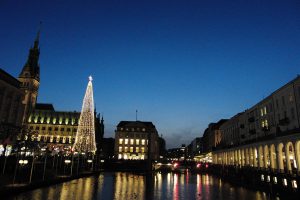 Congratulations! Now you are, in your head, one of the 85 million visitors per year to Christmas markets in Germany (according to the Federal Foreign Office, Berlin). Since this was fun, you can happily consider visiting the nearby famous chocolate market of Tübingen, where chocolate beer or chocolate pizza can be tasted. Alternatively, the Baroque market of is also worth a visit: two churches become gracefully illuminated, next to enormous light angels flying over the often snow-covered stalls. Ah, it will be a merry Christmas!
Congratulations! Now you are, in your head, one of the 85 million visitors per year to Christmas markets in Germany (according to the Federal Foreign Office, Berlin). Since this was fun, you can happily consider visiting the nearby famous chocolate market of Tübingen, where chocolate beer or chocolate pizza can be tasted. Alternatively, the Baroque market of is also worth a visit: two churches become gracefully illuminated, next to enormous light angels flying over the often snow-covered stalls. Ah, it will be a merry Christmas!
Author: Aurora Ríos Islas
*Wooden statuette typical of German Christmas scene, in which one can place incense and burn it to produce fragrance.
(次ページ:記者による日本語訳)

